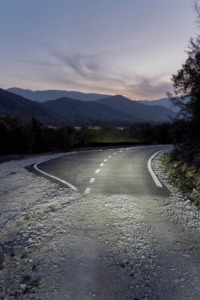The photographs by Ivan and Jaka take us into every corner of the Balkans
Tina KovačićekJuly 10, 2025
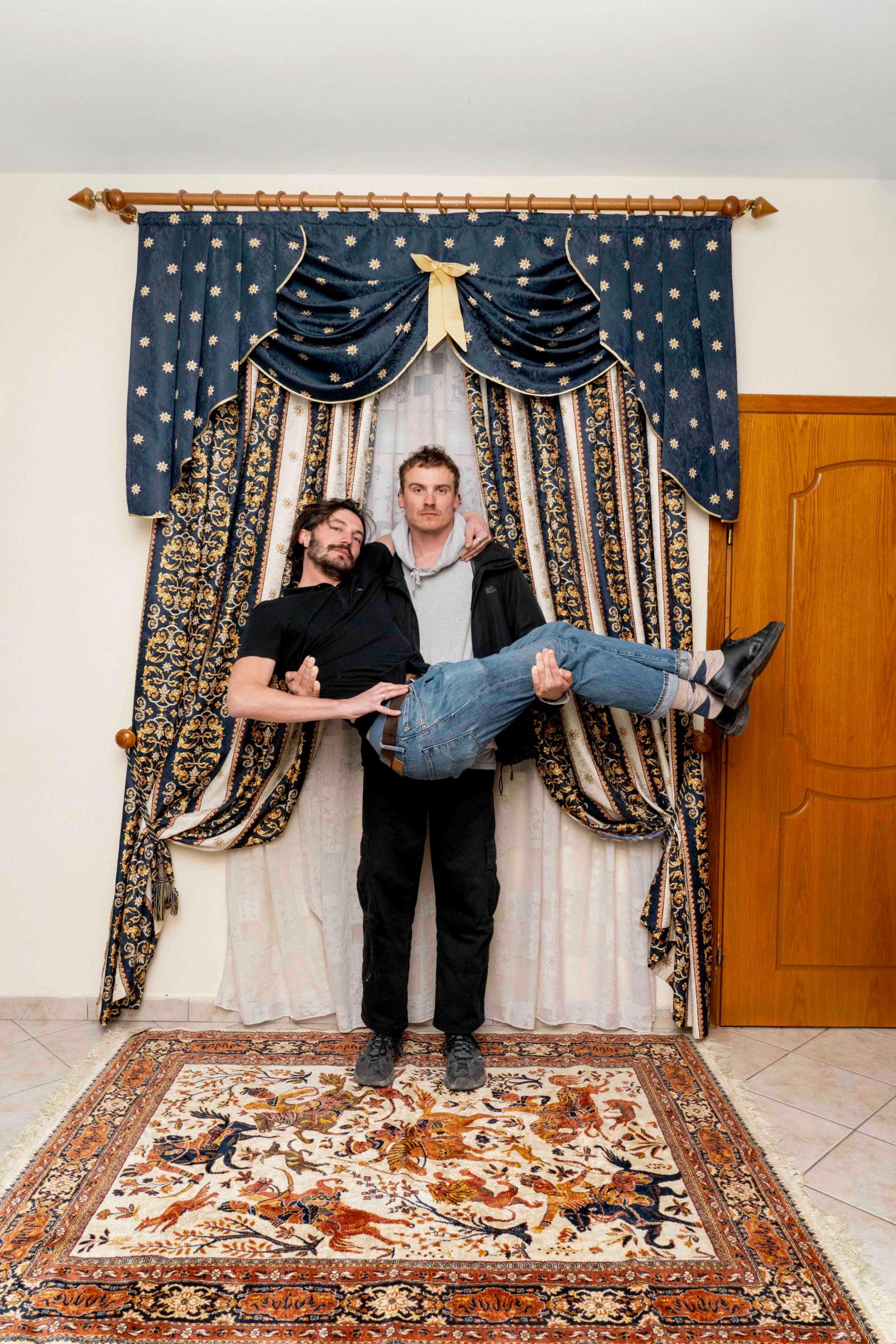

July 10, 2025
Growing up in the Balkans, I always felt somewhat conflicted about belonging – whether this was a world I wanted to be part of (you’re probably sensing different reasons), or whether it was something written into us at birth. At one point in my life, while living in America, my perception of that belonging crystallized – this is the world I belong to, the one I come from, and I am glad because of that. I tried to explain to people all those nuances of our collective identities, the points of meeting, where they diverge (and how to explain to them that the strongest bonds happen when two shots of homemade plum brandy clink together; in the grimaces of the faces of those who drink it, a whole Balkan world of welcome and connection unfolds). When I saw Ivan was working on the Balkan Frontier project, I was immediately curious to know more.
Jaka Teršek and Ivan Tomašević met during their master’s studies in photography at the Royal Academy of Fine Arts in Antwerp. Although they were developing their ideas in English, outside of the academy they would often switch, as they say, “to a spontaneous Slovene-Croatian hybrid that felt natural and fun to us, and which we also used when we didn’t want others to understand us.” In that shared language and space, something clicked. “We come from different backgrounds, but we recognized a similarity – a feeling of closeness. We grew up in regions with a different rhythm than Western Europe, and that gave us a sense of home while we were studying abroad.” Over time, they became close friends and began thinking about a collaborative project. The Balkans naturally imposed itself as a starting point, “something personal, something that was waiting to be explored.” They applied for artistic research at the Academy and set off on a journey through the Balkans, both literally and metaphorically.
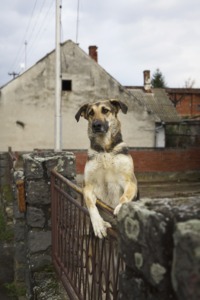
Although both come from countries of the former Yugoslavia, their personal experiences of that heritage were shaped by different contexts. Ivan (born in 1989) grew up in Slavonia, and for him, the perception of the Balkans was always immediate, shaped by the cultural closeness of Serbia and Bosnia and Herzegovina, as well as the post-war atmosphere that was present around him. For Jaka (born in 1997), the Yugoslav legacy always felt like something from a distant past. Growing up in independent Slovenia, his associations “mostly came through traces; modernist buildings, Ex-Yu music, stories from grandparents about the good old Yugoslavia.”
“At the beginning, we often felt like outsiders – too young, not always taken seriously, and unsure of how to enter conversations shaped by experiences we haven’t lived. The more we travelled, listened, and lived through different situations, the more we began to blend in. Over time, we learned how to read the atmosphere, pick up on subtle cues, understand the layered metaphors and jokes that only make sense if you grew up with them. Slowly, it began to feel like – yes, we are Balkan. We know how to move through these places, how to talk to people, how to make sense of what’s said and what’s left unsaid,” they tell me as they recall how colleagues and professors often humorously called them “the Balkan boys.” “At first, we weren’t sure what to make of it. Was it a compliment? A stereotype? It felt like both.” They also realized that the positive or negative connotation of the word Balkan depends on the context. “Outside the region, people often see Balkan as something exotic or mysterious. Inside, you get everything from warm curiosity to subtle tension – especially around national identities and war history.” Rushing toward the end of the story, I ask them: So, what did you ultimately find out about the Balkans, and which questions did you get answers to? “So in the end, the project hasn’t really given us clear answers. It has given us a mix of clarity and confusion, which actually feels like a very true reflection of the region itself. And maybe that’s the point – there’s no one way to be “Balkan,” and maybe that’s what makes it what it is.”
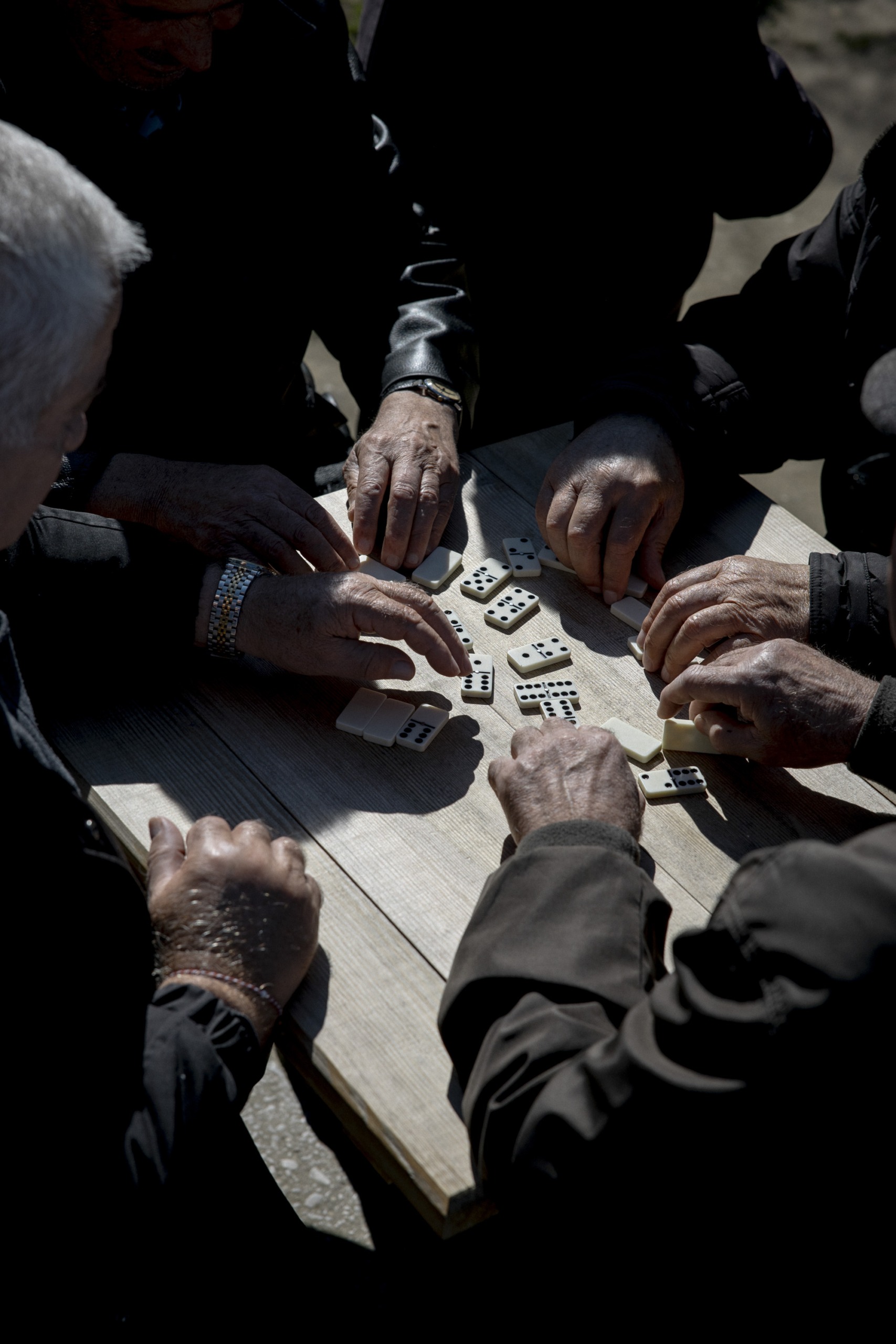
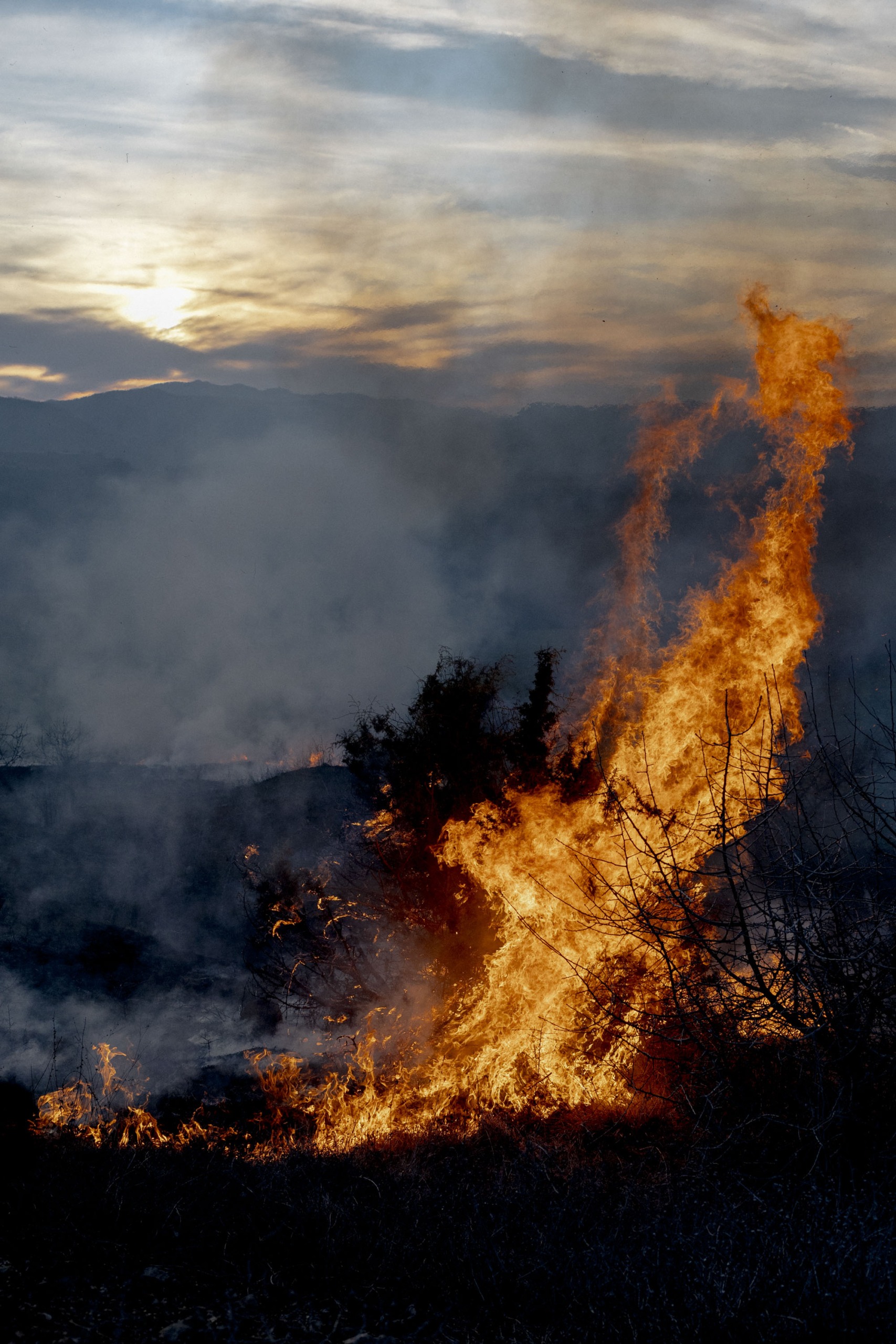
Long drives, extended stays in certain places, and spontaneous encounters with people were their method of research – and I can picture it – that’s how hospitality tends to work here in the Balkans. “These encounters came in many forms, and each one shaped the project in its own way. Some of the people we worked with came from academic or cultural fields – people we reached out to intentionally, introducing our project and asking for feedback or collaboration. We were grateful that so many were not only open to it, but eager to support the work – whether through mentoring, writing, or sharing reflections on what we were doing. Others we met entirely by chance – on the road, in cafés, on the street. Everyday people who invited us into their homes, showed us where and how they lived, shared personal stories, and allowed themselves to be photographed or recorded”, says Jaka, as Ivan adds: “In some cases, people didn’t want to be photographed but were still very open – sharing stories, memories, and local knowledge. We would write these down and include them in the project in other ways. Some encounters were incredibly generous in ways we never expected: people offered us a place to stay, fed us, insisted on paying for our drinks or a night in a hotel. The next day, we’d meet again and continue talking as if we’d known each other for years.” They conclude together: “This kind of hospitality, openness, and willingness to connect, especially in spontaneous, unplanned ways, became a core part of our method. It shaped the rhythm of the project, grounded it in real relationships, and reminded us that research in this context isn’t just about collecting information. It’s about showing up, listening, and allowing things to unfold in ways you can’t plan for.”
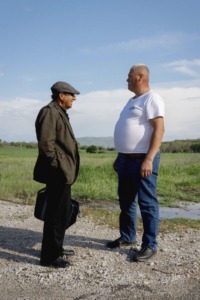
They traveled across the entire region. I ask them what left the strongest impression. “One of the funnier things we noticed while traveling was a very Balkan kind of contradiction: people are often incredibly protective of their private property, but surprisingly relaxed about their own image. When we photographed people in public, most would just smile, pass by, or not react at all. But the moment we pointed the camera at a car, a window, or a garden – someone would suddenly appear out of nowhere, demanding to know who we were, what we were doing, and what exactly we planned to do with those photos. There’s something deeply Balkan in that contrast: a strong sense of territoriality when it comes to land or objects, but a much more fluid, communal relationship to one’s own presence or story in public space. It’s a funny mix of pride, protectiveness, and openness.
One of the most memorable experiences happened in Subotica, Serbia, at a place called Mini Yugoslavia. We arrived in the late afternoon and were welcomed with čobanac and rakija, there happened to be a karaoke and tombola night going on. The owner gave us a tour through a space filled with symbols of the past, and before long we found ourselves on stage, singing with strangers who quickly became friends. The bottle of dunjevača followed us there, and the rest of the evening spiraled into something both wild and deeply moving – we sang, laughed, shared stories, feeling a true sense of connection, but also a quiet sadness in the background. It was clear that unity and separation here go hand in hand. It was probably one of the most beautiful and heartbreaking nights of the entire journey.”
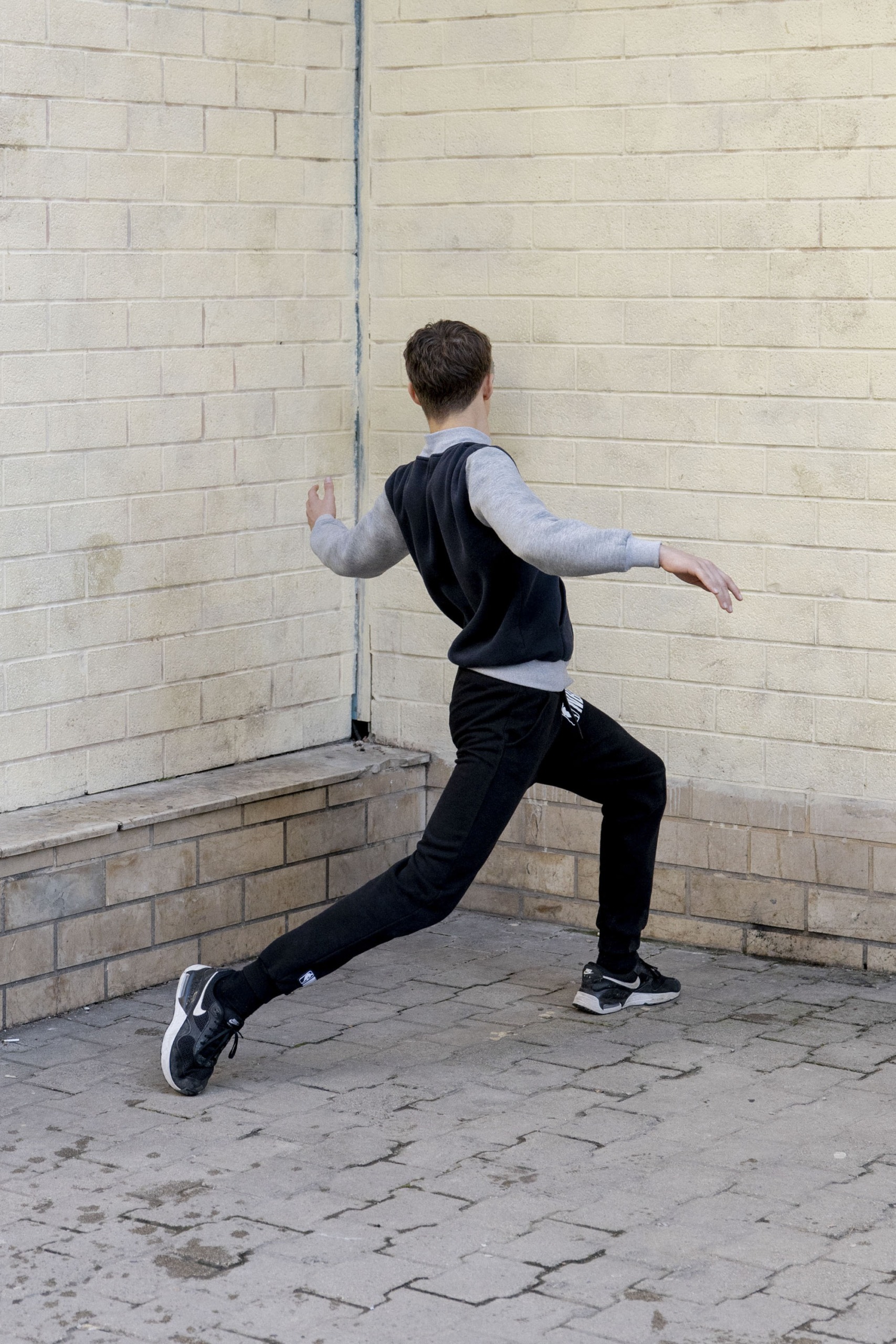
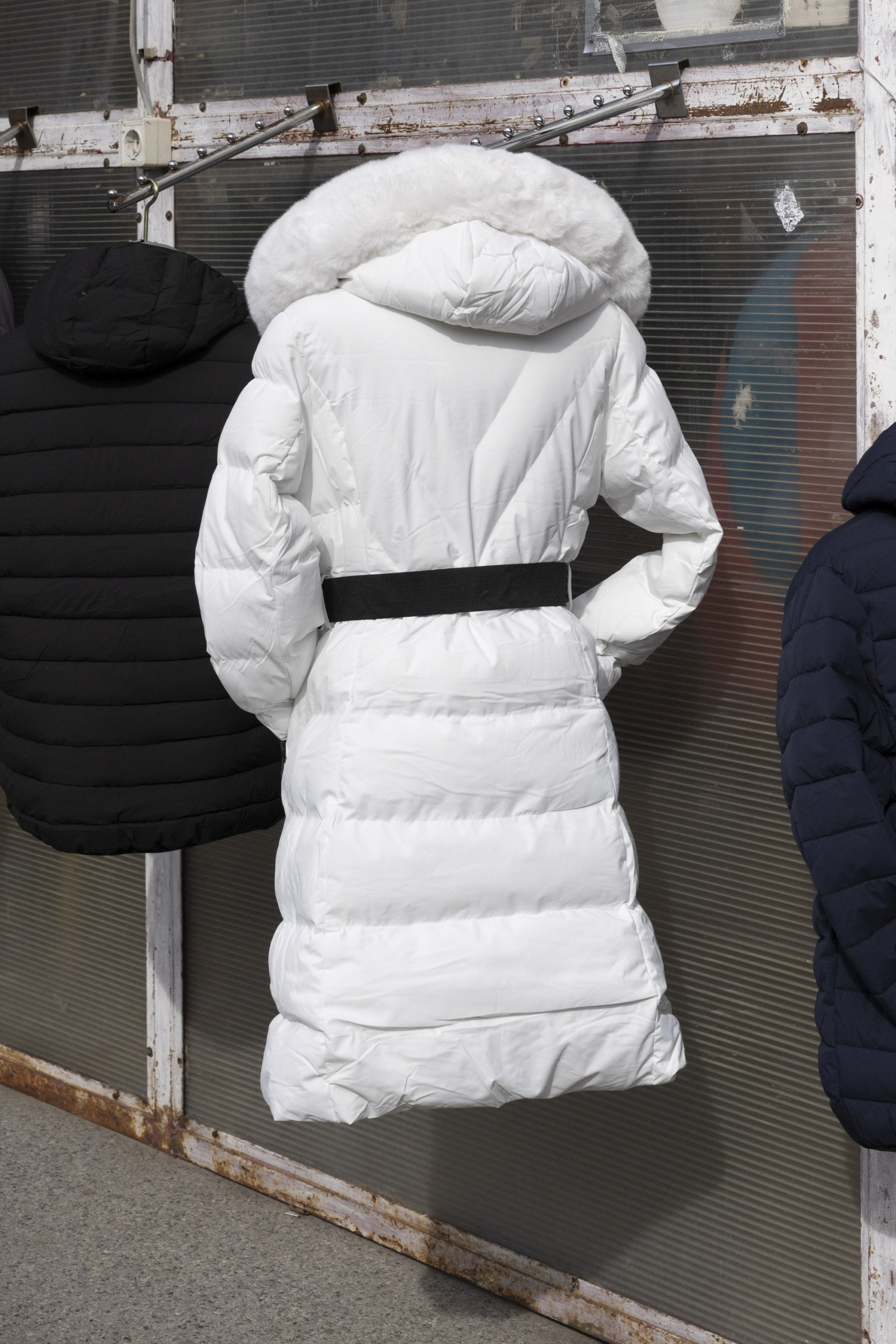
Instead of diagnosing the problems of the region, they wanted to capture the multiplicity of lived experience. “We approached the project as artists, with the freedom to wander, observe, and respond intuitively. That gave us space to explore the region not through problems to be diagnosed, but through atmospheres, fragments, and fleeting impressions.” They also emphasize that they did not turn a blind eye to the social, political, or economic problems, “which are very much present.” But rather than documenting them directly, they left room for those layers to emerge indirectly – through mood, context, silence. “We’re aware that there are other photographers who are doing brilliant work on those issues. Our contribution sits somewhere else: in the emotional and intuitive terrain, where dreams, memory, and lived experience intertwine.”
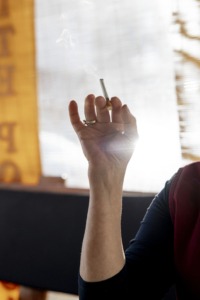
Their project explores what it means to belong to a place often caught between self-perception and external narratives, and through photography, they capture this spatial or atmospheric ambiguity – scenes that simultaneously feel sad, funny, and slightly absurd. That’s exactly what drew me in on a visual level that sociologically reveals all the underlying layers of our Balkans. “But that’s precisely the point. We want to draw the viewer in, then hold their attention just long enough for something deeper to emerge. What might first appear humorous or strange often becomes more layered the longer you sit with it. That slow reveal is important to us – it mirrors the complexity of the region itself, where meanings are always layered.”
They told me that a good example of the tension between internal identity and external perception lies at the very core of the project: “A Croat and a Slovene, traveling through the Balkans under the wing of a Belgian art academy. It almost sounds like a joke, and at times it felt that way. When we first started out, we were hyper-aware of how we might be perceived: two guys with big cameras wandering into small, forgotten places. At first, we tried to blend in, to be discreet. But that only created more distance. Eventually, we did the opposite, we made our presence obvious. And strangely, this openness created more trust. People would approach us, ask questions, invite us in their homes. It turned out honesty and presence opened doors where silence had only left distance.”
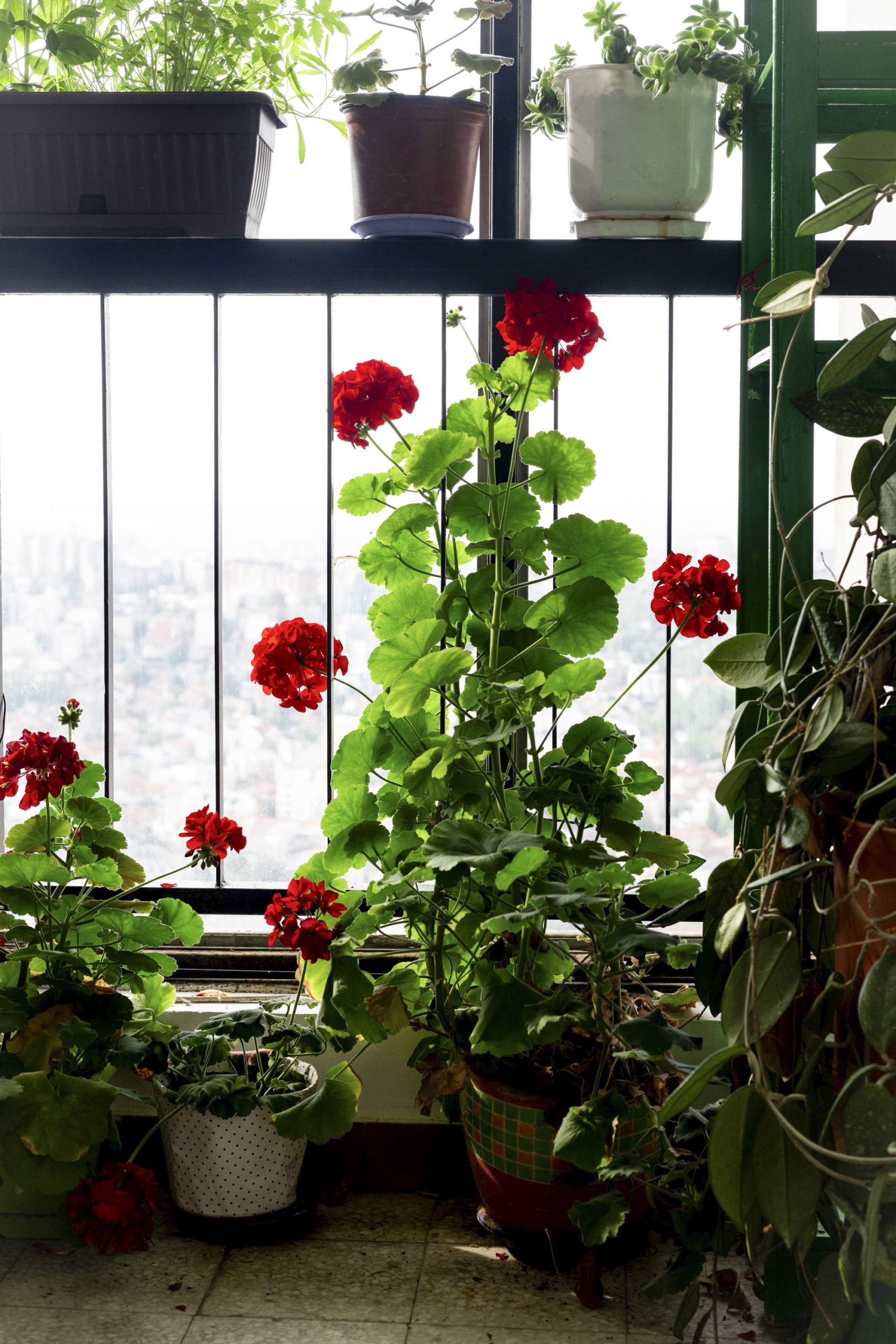
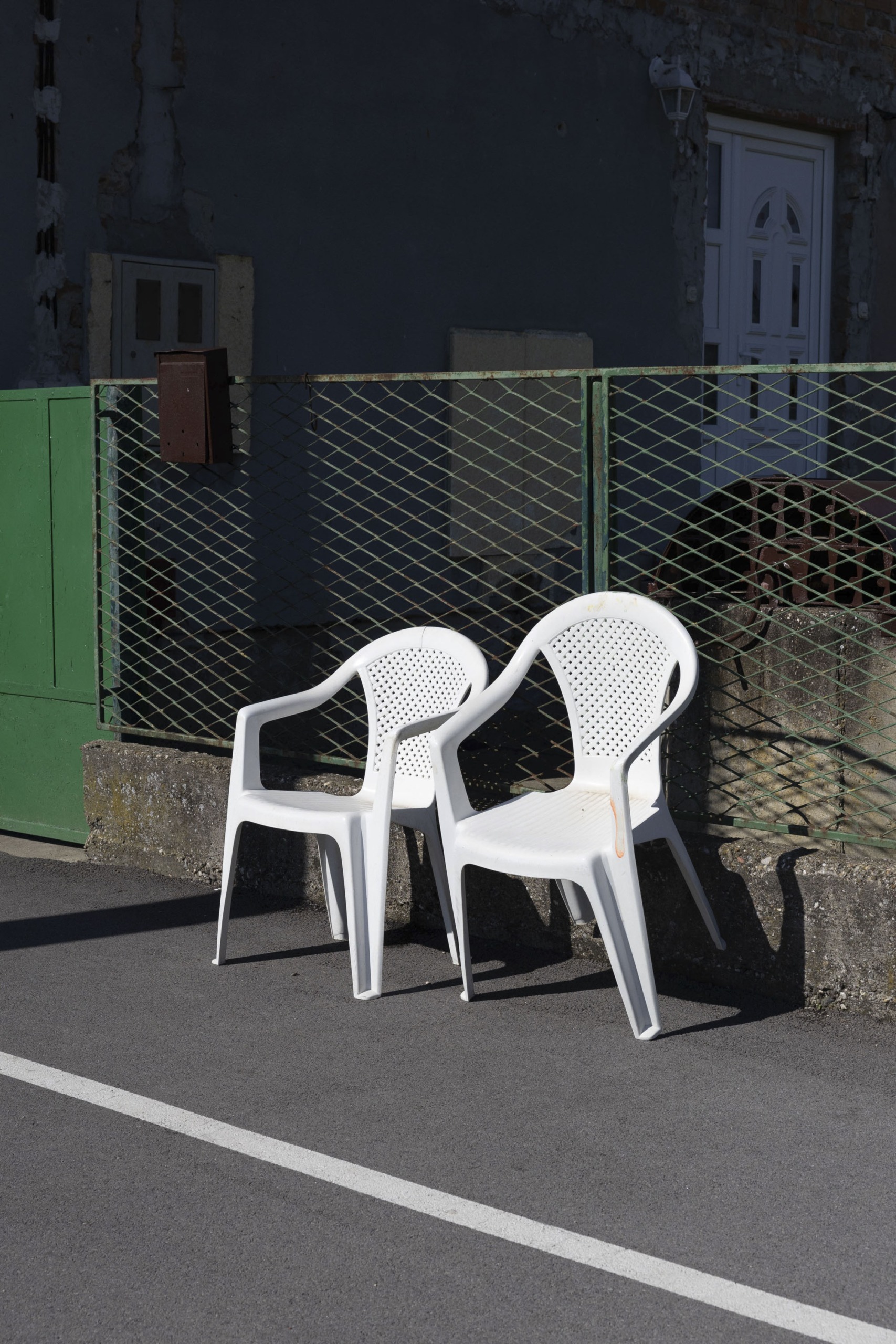
The main output of the project will be a photobook, but not in the traditional documentary sense. “The images don’t aim to explain or define. Instead, they’re meant to open up questions, to create space for interpretation. We’re not trying to deliver a single reading of the Balkans, but to offer a glimpse – fragmented, contradictory, and sometimes unresolved. There’s no clear entry point or ending, and that’s intentional. We imagine that the book really begins once it’s closed – when the reader carries something from it into their own reflections or conversations.”
The project isn’t finished yet, although they’ll be traveling a bit less next year. We talk about their final thoughts and impressions of everything they’ve experienced so far, and they’re particularly intrigued by the rapid changes happening in certain parts of the Balkans. “It’s easy to fall into the idea that things here got stuck in time, but that’s not the case at all. Yes, people are still leaving their homelands, and some villages are slowly fading, but at the same time, development is picking up speed. Along the Albanian coast, in Montenegro, and around Belgrade especially, you can feel the shift. Much of it comes down to infrastructure, of course – roads, housing, tourism. It brings opportunity, but also risk.” They remain, as expected, amazed by the untouched, wild, and raw nature. “From the forests of Bosnia to the mountains of Montenegro and Albania, the region holds landscapes that feel almost mythological. And it’s not just about the scenery – they’re home to real biodiversity and fragile ecosystems. As infrastructure continues to grow, it’s crucial that these natural areas are protected, not sacrificed.”
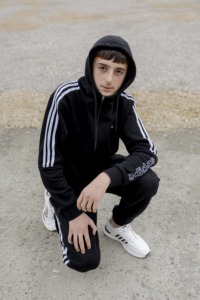
There’s one thing they’ve especially learned – to stop overthinking (something I’ll gladly borrow for my own daily life, and I wish the same for you). “We used to hesitate – wondering if it would be awkward to ask someone for a photo, if we were intruding. We remember passing a house in Northern Macedonia where two men were brushing a huge Šarplaninac dog. We slowed down, started that whole mental loop: should we stop? Will they be annoyed? In the end, we just parked in front of their house and asked. Within minutes, we were drinking beer, eating cheese, offered coffee like old friends. They even took us to the farm of their cousin just to show us where the dog comes from. Sometimes you just have to stop the car and ask – and more often than not, things unfold on their own.”
Coming to an end, one more fun fact: “Wherever we went, no matter how remote or unfamiliar, there was always someone who has lived or worked in Slovenia, or has a cousin who did. Especially in Maribor,” they say while laughing.
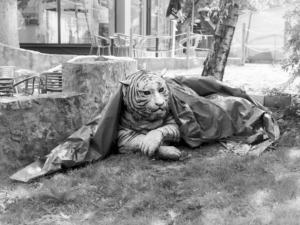
Photography is often seen as an individualistic practice, but their work on this project has been collaborative from beginning to the end. In addition to spending a lot of time driving, always together, they often perceived situations differently. “Jaka drives while scanning the left side of the road, and Ivan is copiloting, watching the right. One of us spots something, then comes the discussion: do we really need that plastic chair backlit by the sun? Eventually – sometimes after a kilometer or more – we agree: Yes, let’s turn around and do it.” Although they often disagreed, they didn’t try to convince each other of their own view, but genuinely listened and did what best served the story. “By observing how the other moves, looks, thinks – we’ve gradually picked up each other’s strengths. It’s not that we’ve become the same, but there’s definitely a kind of cross-contamination going on, in the best sense.” In the end, they decided to erase the boundaries of authorship. “We want the images to feel like they could have been taken by either of us. We don’t credit individual photos, because what does authorship even mean in this case? Maybe one of us noticed the scene, the other pressed the shutter, and then the first one edited the image.”
And in that approach, I think they gave me the most beautiful possible vision of the Balkans – to end on: one that we all share, without division.
